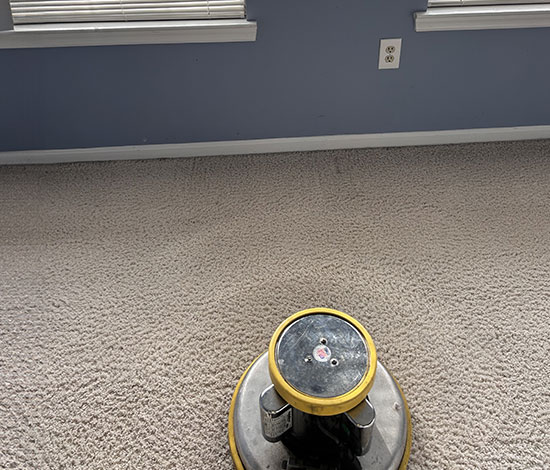
All About the Different Types of Carpets
How you decorate your home can reflect your personality in many different ways. As a homeowner, you purchase paintings, wallpaper, curtains, and furniture to meet your needs and your vision of how your home should be. What is on your floor can be chosen to meet your needs and your aesthetic preferences as well. In the decoration plan, magnificent floor covers in different rooms play a crucial part in creating the beauty of the area. Regardless of whether you have wall to wall carpeting that you love or you are considering replacing old carpets with new ones, we want to share information about carpets that may be useful to you. Here is a simple list of criteria that can help you understand what your carpets need and how they differ from each other.
Main Characteristics of Carpets
Did you think that all carpets are basically the same? You couldn't be more wrong! Color, pattern, style, texture, weaving type, and fiber material are just a few things you should think about when choosing a carpet. These factors can also influence how it holds up to use, especially in high traffic areas, as well as the maintenance it will require.
Carpet Appearance: Colors and Patterns
The combination of colors and patterns available is amazingly rich. Each of us has our own preferences and ideas of beauty. In this number of alternatives, you are likely to find the ones that you like and some that may not be your cup of tea.
When decorating, you have the freedom to choose almost anything your budget will support. If a certain color of furniture and wallpaper predominates in your home, you should think about choosing carpets either in the color of these tones or in the opposite color. Please note that the contrast of hot and cold tones can be pleasing to the eye. For example, a red carpet in a room with blue or green tones can be very striking. However, keep in mind that if you install carpet in an unusual color, you may need to switch it out for something more neutral should you wish to sell your home.
Lighter carpet colors are also more likely to show dirt and discoloration, while darker, low pile carpets may hide stains very easily.
Carpet Piles and Texture
The yarn or twisted pile is a huge factor in how the carpet cushions your feet and how if feels when you brush your hand across it. Carpet with short piles is easier to clean as the pile is not long enough to collect much dirt and debris. In addition, it is essential to select carpets with resistant texture and color that will not stain easily in areas with high traffic. There are three common types of carpet weaving: looped, knitted, and needled technique. Twist-textured carpets are more durable, but you will pay more. With their high durability and noise cancellation potential, the needle-felt carpets are perfectly suitable for public spaces.
Carpet Fiber Type and Cleaning Concerns
Besides its construction, the material that the fiber is made of is important to how it looks, feels, and how well it cleans. Here are some materials to consider:
Wool carpet
Wool carpet is made of fibers from sheep, and it is a luxurious, durable material. Because of a natural water-resistant coating, it is able to cleaned easily from most spills that are water-based. The structure of the fiber means that spills and dirt are held closer to the surface, so it doesn't sink down quickly and you have a little time to clean up spills. Oily spills are a different story. When spills are not cleaned up, wool is a fiber that is more likely stain. It can retain a lot of water, so over-wetting is a problem with wool carpets. Carpet cleaning professionals will know how to clean wool correctly to avoid these issues.
Nylon carpet
This artificial fiber doesn't get crushed and is an excellent choice for long-lasting performance in high-traffic areas. It is treated with a stain-resistant coating, which is a good thing because nylon would stain very easily if not protected. It is pretty heat-resistant too, but might melt should something very hot land on it (like if you are ironing something and the iron falls). Hot water extraction should work beautifully for cleaning, but go easy on the chemicals that might erode the coating.
Polyester carpet
When it comes to touch, many people prefer polyester carpets to nylon, though their softness comes with a tradeoff - they are less durable and not well-suited to high traffic areas. It dries quickly after hot water extraction, so it is less likely to grow mold should it be made too wet during cleaning.
Olefin carpet
If you have an area that is prone to moisture, Olefin (Polypropylene) is a great choice. Though it is more likely to be crushed in high traffic areas, it also has very high resistance to mold and water-based stains. It really holds on to oil-based stains, so avoidance is the best option here.
With over 18 years in business, we're fully insured, eco-friendly, and top-rated on Google.
![3 Rooms Green Carpet Cleaning [3RD8] 3 Rooms Green Carpet Cleaning [3RD8]](/kendallpics/coupon-3rd8-3RoomsCleaningOffer_Mob.png)